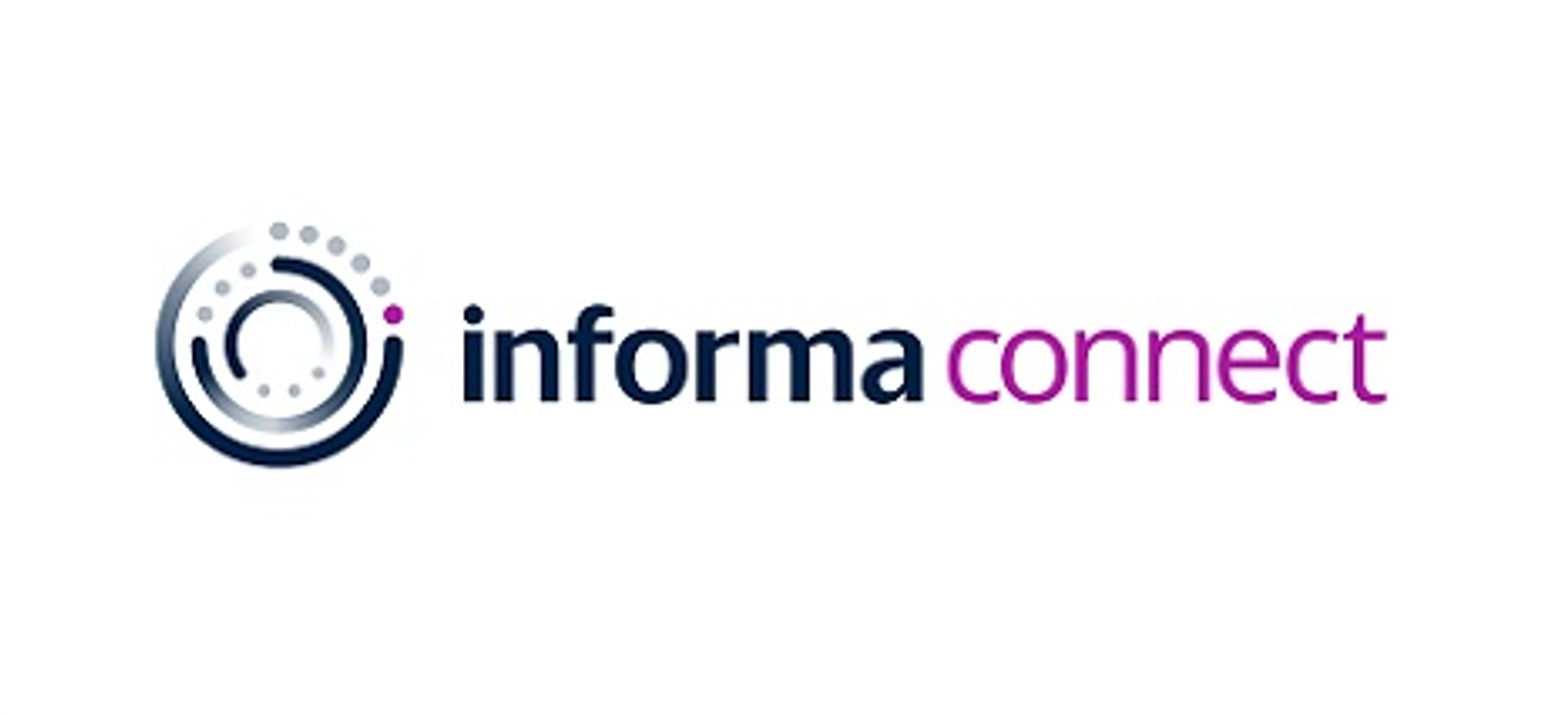As educators and students return to the classroom for a new academic year, the integration of AI (Artificial Intelligence) offers exciting opportunities to transform traditional learning environments. AI tools can streamline teaching, enhance personalized learning experiences, and provide data-driven insights to both educators and students. This article explores how AI can be utilized for back-to-school preparations and offers strategies to monitor student progress through AI-powered feedback.
1. Personalised Learning with AI
AI-powered platforms can adapt to each student’s unique learning pace, style, and needs. By analyzing previous performance data, these systems create personalized learning paths for students, offering customized resources and assignments. As the school year begins, teachers can leverage AI to: Identify areas where students may need additional support. Recommend supplementary materials based on individual learning gaps. Adjust lesson plans in real-time based on students' progress. AI-based tutoring tools, such as intelligent tutoring systems, offer on-demand assistance to students, simulating one-on-one tutoring by providing immediate explanations or exercises. This frees up educators to focus on more complex tasks, such as fostering critical thinking and addressing higher-level questions.
2. Efficient Classroom Management AI
can also be used to manage the logistical side of education, allowing teachers to focus more on teaching and less on administrative tasks. Back-to-school season is often chaotic, but AI can simplify the process in several ways:
Grading Automation: AI tools can automatically grade multiple-choice tests and even some essays, reducing the workload for teachers. This gives educators more time to dedicate to lesson planning and personalized student interactions.
Scheduling and Attendance: AI can assist in managing schedules and attendance tracking. Predictive algorithms can help schools optimize class schedules based on student performance trends and individual learning needs, improving overall efficiency.
Smart Classrooms: Some schools are implementing AI-powered classroom management systems that can monitor class activities, helping teachers keep track of student engagement and participation during lessons. AI systems can even suggest seating arrangements or group configurations based on students’ personalities and past collaboration performance.
3. AI for Continuous Assessment and Feedback
One of AI’s most powerful features is its ability to provide continuous assessment and feedback. By monitoring student progress in real time, AI systems can identify strengths and weaknesses and offer timely feedback to both students and teachers. Formative Assessment: AI platforms can continuously analyze student performance, offering instant feedback after each assignment or test. This formative feedback allows students to learn from their mistakes and make immediate improvements, fostering a growth mindset. For teachers, AI-generated reports highlight areas where the class, as a whole, might need additional instruction. Learning Analytics Dashboards: Many AI-powered systems provide educators with detailed dashboards displaying student performance data. These dashboards allow teachers to monitor progress over time, ensuring that no student falls behind. Teachers can also use this data to tailor their lesson plans and provide targeted interventions. AI-Driven Feedback for Students: Students benefit directly from AI-driven feedback. Some AI tools even provide suggestions for study habits or specific exercises to improve in certain areas. This empowers students to take charge of their learning, increasing engagement and motivation.
4. Monitoring Student Well-being with AI
Beyond academic performance, AI can also help monitor students’ emotional and mental well-being. The return to school after a long break, especially in post-pandemic times, can be overwhelming for some students. AI tools can assist in monitoring students' well-being, allowing for early intervention when issues arise. Sentiment Analysis: AI can analyze students’ written responses, emails, or discussion contributions to detect signs of stress, frustration, or disengagement. Teachers can step in with personalized support or suggest counseling services if concerning patterns are detected. AI-Driven Behavioral Tracking: Advanced AI systems can monitor behavioural trends, such as changes in participation or absenteeism. These insights allow teachers and school counselors to proactively address potential problems, from bullying to mental health challenges.
5. Ethical Considerations and Data Privacy
When integrating AI into the classroom, addressing ethical concerns, particularly around student privacy is crucial. Schools must ensure that all AI systems comply with data protection regulations, such as GDPR or COPPA. Transparent communication with parents and students about how their data will be used is essential. Furthermore, while AI can enhance learning, it should never replace the vital role of teachers. AI should be seen as a supportive tool rather than a substitute for human interaction. Educators should remain at the center of decision-making, using AI to enhance, not diminish, the student-teacher relationship.
Conclusion
As schools embrace the new academic year, AI is a transformative tool for personalizing education, streamlining classroom management, and providing real-time feedback to students and teachers. By leveraging AI tools effectively, educators can create more dynamic, responsive, and inclusive learning environments that cater to each student’s needs. However, it is crucial to implement these technologies thoughtfully, ensuring that the focus remains on enhancing human-centred education while maintaining ethical standards. With AI’s growing presence in education, back-to-school is not just a return to familiar routines but an opportunity to reimagine the future of learning.


